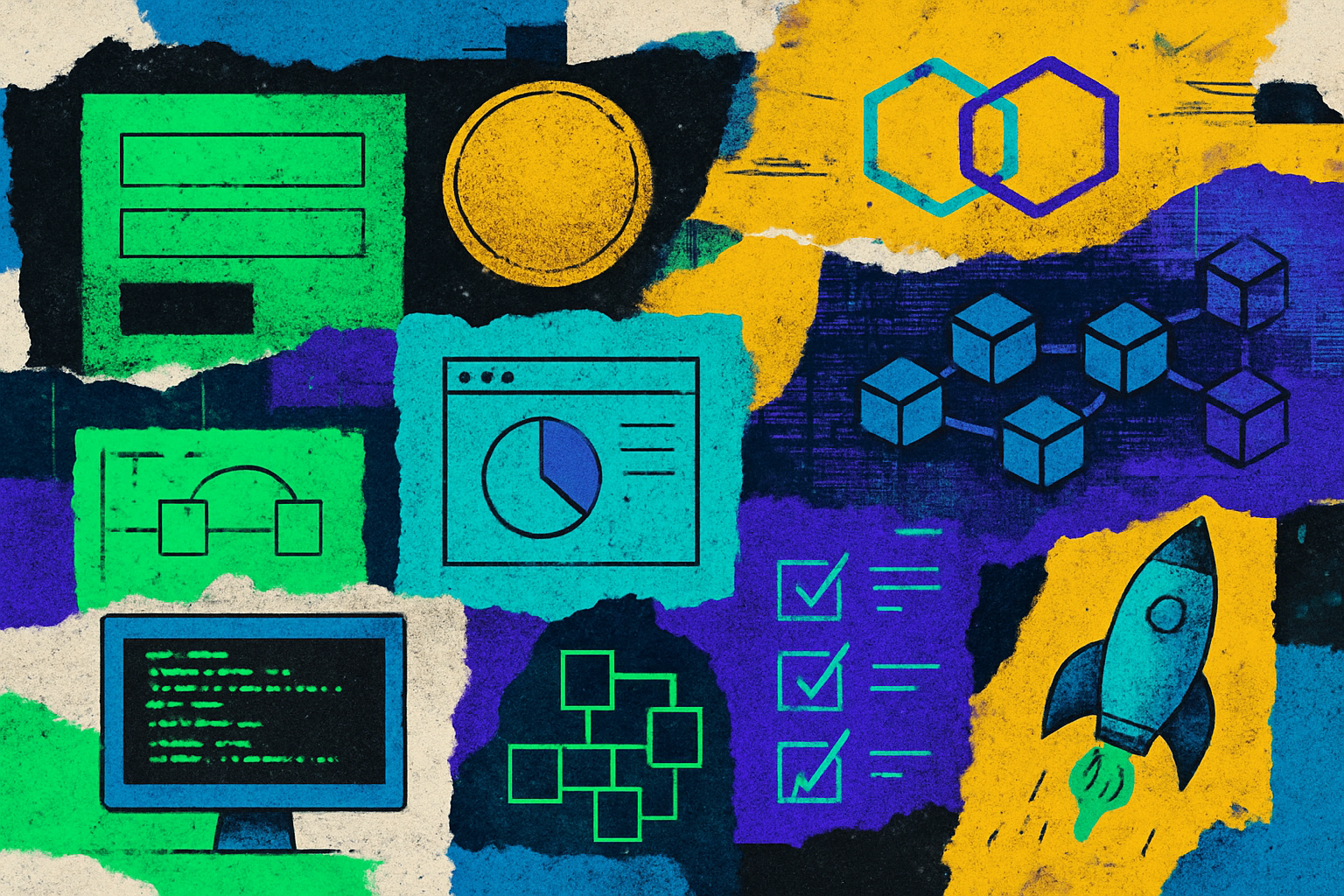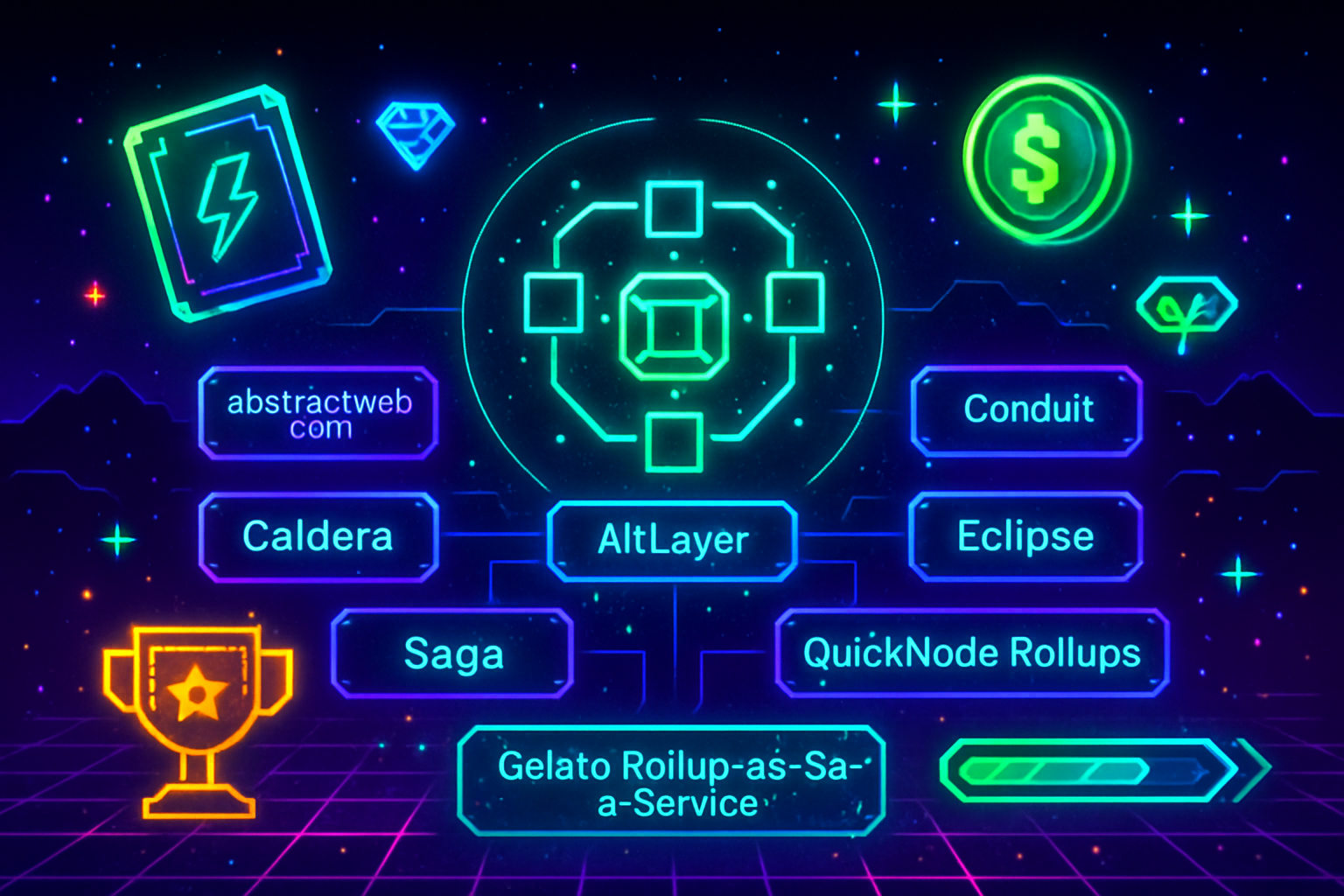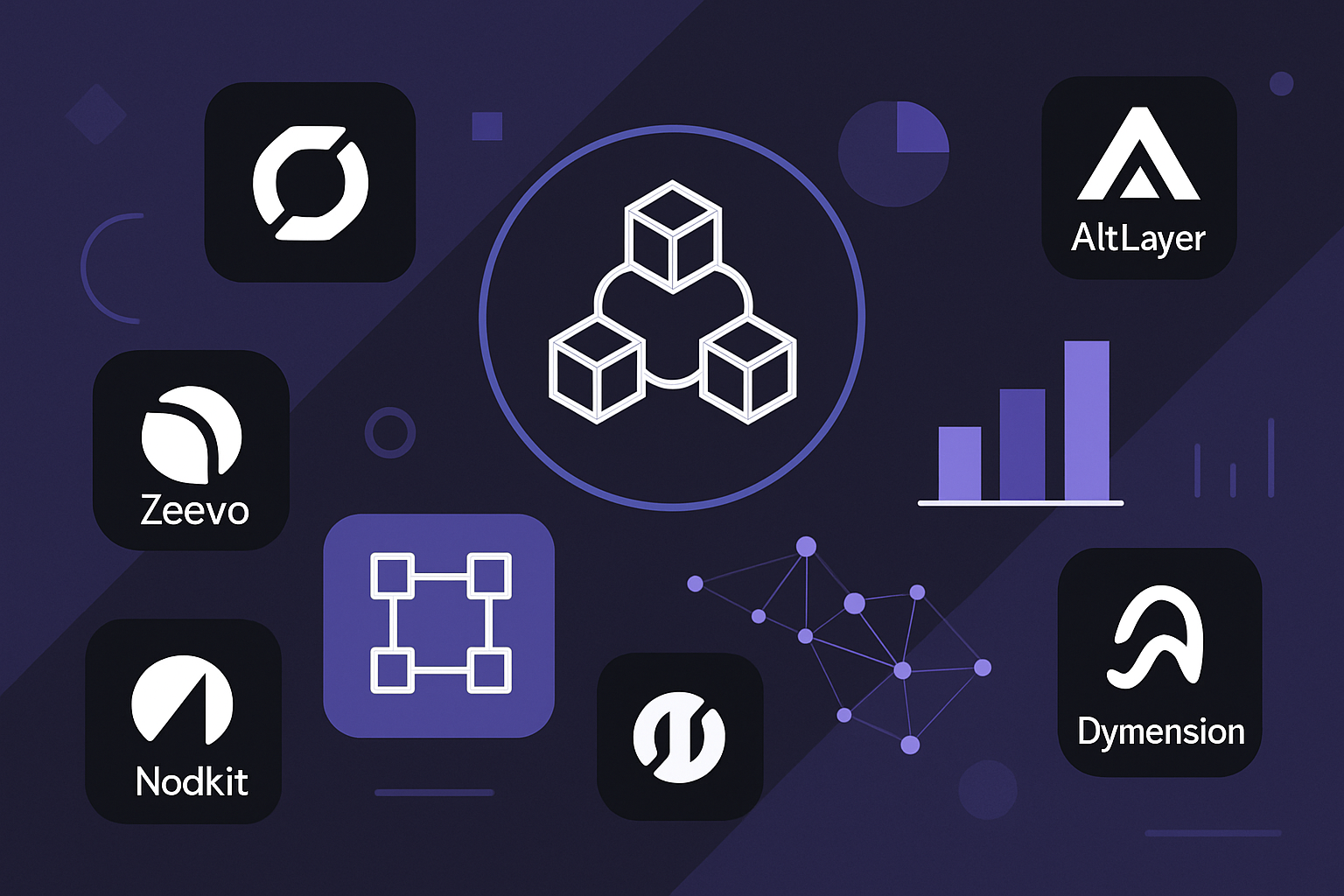
As the blockchain landscape rapidly evolves, modular rollup ecosystems are emerging as the backbone of next-generation scalability. By decoupling core functions such as execution, settlement, data availability, and transaction ordering, these systems empower developers to build app-chains that are not only more efficient but also highly customizable. The advances in data availability and transaction ordering are especially pivotal, shaping how rollups interact with their underlying infrastructure and with each other.

Why Data Availability Matters in Modular Rollups
Data availability is the foundation upon which trustless verification rests in a modular blockchain stack. In traditional monolithic blockchains such as Ethereum, all nodes must download and store every transaction to verify state transitions. While secure, this approach quickly hits bottlenecks as usage scales. Enter modularity: by breaking out data availability into its own layer, networks like Celestia and Avail enable rollups to post their transaction data externally while retaining verifiability.
This separation is transformative for several reasons:
- Scalability: Specialized DA layers can handle much higher throughput than legacy L1s since they are optimized solely for storing and serving data.
- Cost Efficiency: Offloading data storage from expensive L1 blockspace dramatically reduces costs for rollup operators and users alike.
- Security: Techniques like Data Availability Sampling (DAS), pioneered by Celestia, allow light nodes to verify that all necessary data has been published without downloading entire blocks, making fraud proofs and state validation lightweight yet robust.
The upshot? Modular DA layers unlock new design space for developers aiming to deploy specialized app-chains or scale existing protocols beyond the constraints of legacy chains.
The Critical Role of Transaction Ordering
If data availability ensures everyone can see the transactions, transaction ordering determines the sequence in which those transactions update the blockchain’s state. In many rollup architectures today, a sequencer is tasked with collecting user transactions and deciding their order before posting them to the DA layer. This role is crucial: improper or malicious sequencing can result in censorship or front-running attacks.
The earliest implementations relied on centralized sequencers for speed but at the cost of decentralization. Now the field is moving toward decentralized sequencing networks like Espresso and Astria. These shared sequencers offer several advantages:
- Censorship Resistance: By distributing sequencing power across multiple actors, it becomes far harder for any single party to censor or reorder transactions maliciously.
- Cross-Rollup Composability: Shared sequencers allow multiple rollups to coordinate transaction ordering nearly atomically, opening up new possibilities for cross-chain DeFi protocols or interoperable app-chains without sacrificing security.
- Network Robustness: Decentralized sequencing reduces single points of failure that could otherwise halt an entire ecosystem’s progress if compromised.
The Synergy: How Data Availability and Sequencing Shape App-Chain Deployment
The interplay between robust DA layers and flexible sequencing mechanisms is what powers today’s most advanced rollup-as-a-service infrastructure. With platforms like Rollup-As-A-Service by abstractwatch. com, projects can select best-in-class components tailored to their needs, whether optimizing for speed, security, or interoperability. Developers no longer need to reinvent consensus or storage; instead they assemble their ideal stack from specialized providers focused on solving these hard problems at scale.
This paradigm shift is fueling an explosion of innovation in secure app-chain deployment. By leveraging modular data availability and transaction ordering, teams can deploy application-specific rollups that are as nimble or robust as their use case demands. For example, a gaming app-chain might prioritize ultra-low latency with a fast shared sequencer, while an institutional DeFi protocol may select a highly decentralized DA layer for maximum auditability and security.
Cross-rollup composability is another frontier unlocked by this synergy. Because shared sequencers can coordinate transaction ordering across multiple rollups, developers are now able to create protocols that interact seamlessly across chains without sacrificing trust assumptions. Imagine a lending protocol on one rollup instantly settling collateral from a DEX on another, no bridges, no complex relays, just near-instant atomicity powered by modular infrastructure.
Key Benefits of Modular Data Availability & Sequencing
-
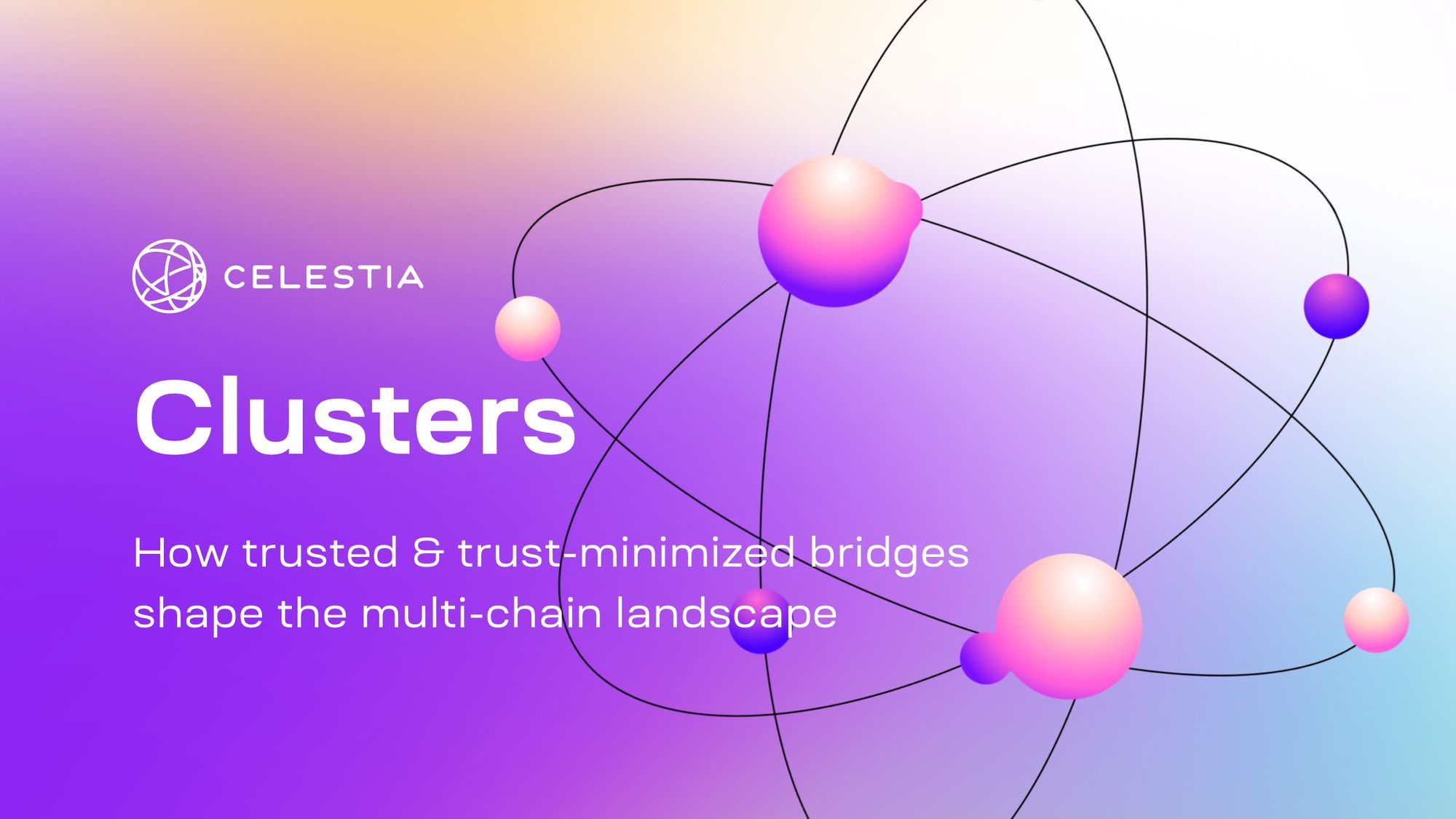
Scalability: Modular data availability layers like Celestia and Avail enable rollups to process more transactions by offloading data storage and ordering, allowing networks to scale efficiently without congesting the main blockchain.
-
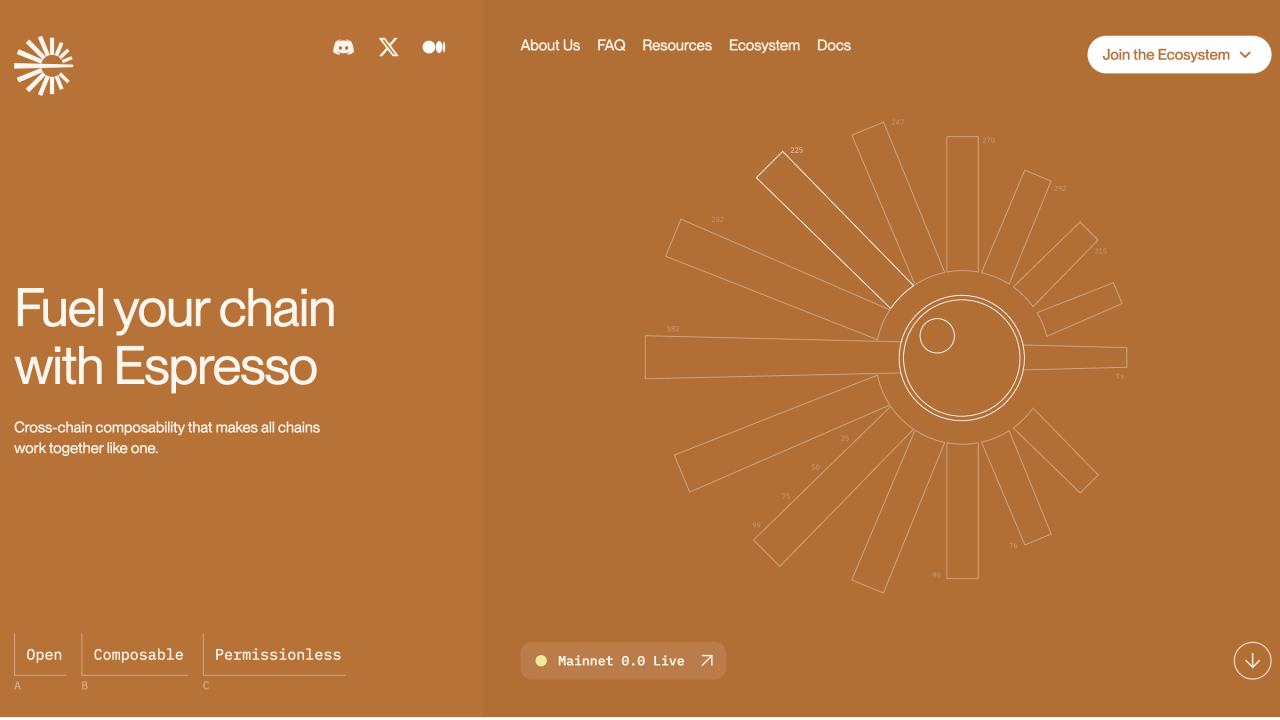
Composability: Shared sequencing networks such as Espresso and Astria facilitate near-atomic composability between rollups, making it easier for builders to create interoperable decentralized applications across multiple chains.
-
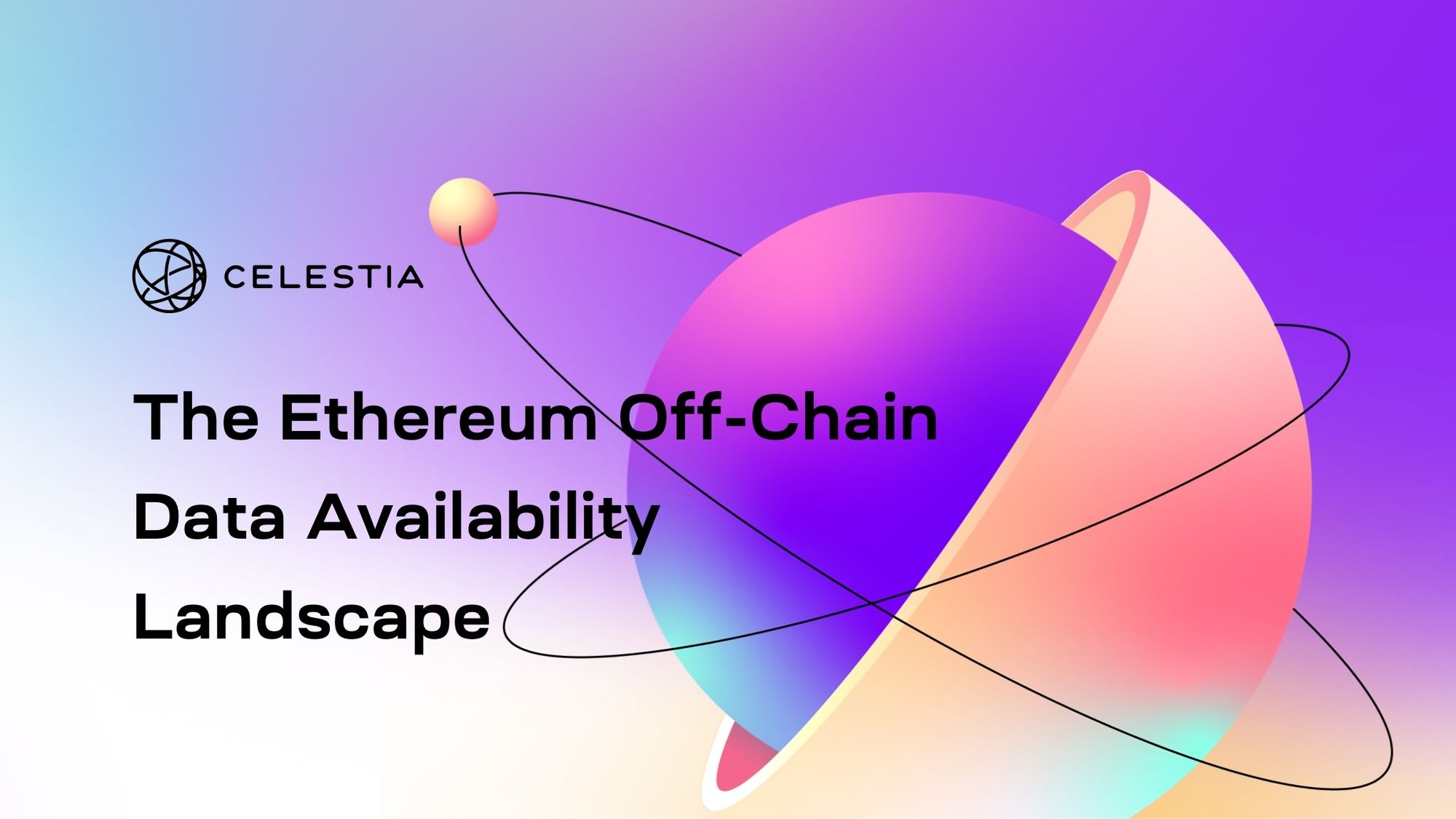
Security: Decentralized data availability and sequencing reduce single points of failure and censorship risks. Platforms like Celestia use Data Availability Sampling (DAS) to ensure all transaction data is verifiable and accessible, enhancing network security.
-

Cost Savings: By separating data availability from execution, modular rollup ecosystems allow builders to choose specialized, cost-efficient DA layers, significantly reducing transaction fees compared to traditional Layer 1 solutions like Ethereum.
What’s more, the decoupling of these layers means that improvements in one area rapidly propagate throughout the ecosystem. As new advances in data availability (like more efficient sampling or erasure coding) come online, every connected rollup benefits. Likewise, breakthroughs in decentralized sequencing can be adopted by any app-chain plugged into those networks, without migration headaches or risky upgrades.
Looking Ahead: The Modular Future
The market momentum behind modular blockchains is unmistakable. As of late 2025, projects building on top of Celestia’s data availability layer are processing record volumes at a fraction of legacy L1 costs. Shared sequencer networks like Espresso and Astria are onboarding new rollups weekly and enabling cross-rollup DeFi primitives that simply weren’t possible before.
This is not just about scaling for its own sake; it’s about empowering developers to focus on what makes their applications unique rather than wrestling with infrastructure bottlenecks. With mature Rollup-As-A-Service offerings now available, even small teams can deploy production-grade app-chains with enterprise reliability, and upgrade them as the underlying DA or sequencing tech evolves.
The upshot? As data availability and transaction ordering continue to evolve independently yet synergistically within the modular stack, expect an era of unprecedented blockchain experimentation, where customizability meets composability at scale. For builders ready to harness these advances, the next wave of Web3 innovation is already here.




